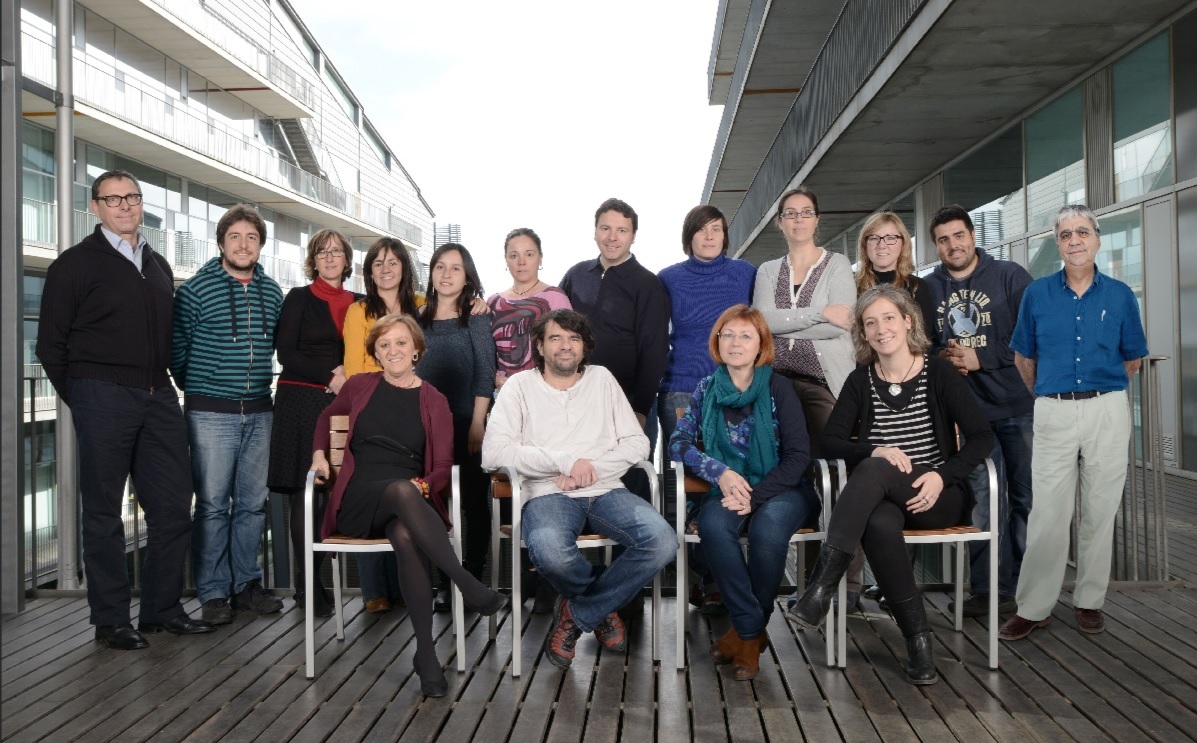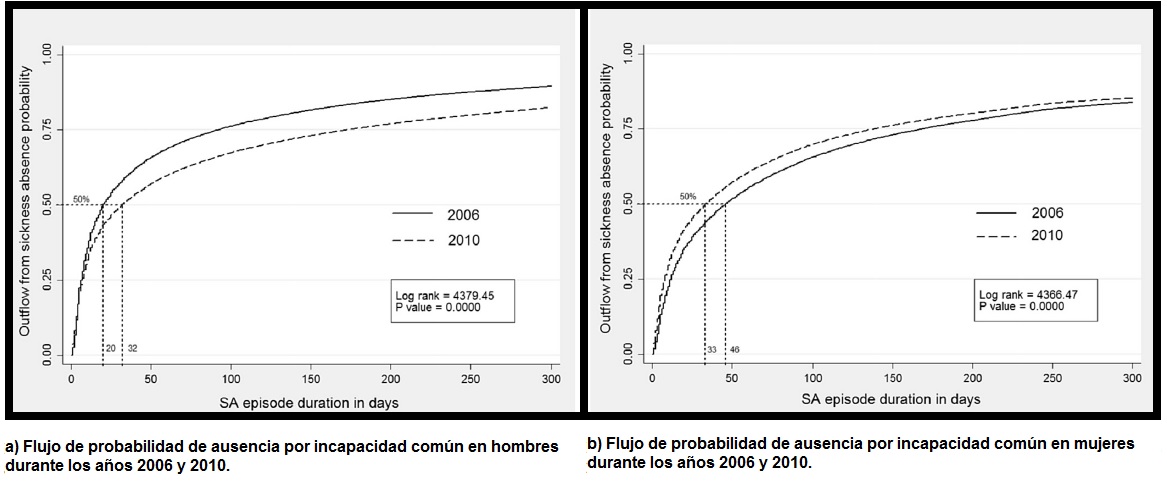The economic crisis accentuates the existing gender differences in periods of time off work
The economic crisis accentuates the existing gender differences in periods of time off work
Scientists at the Center for Research in Occupational Health analyse the effects of the crisis on non-work-related sick leave.
 The Spanish labour market is still feeling the severe economic crisis that started in 2008. In late 2015, the unemployment rate in Spain stood at 21.8%, reaching 46.6% in the case of the population under 25 years of age (data from the National Statistics Institute).
The Spanish labour market is still feeling the severe economic crisis that started in 2008. In late 2015, the unemployment rate in Spain stood at 21.8%, reaching 46.6% in the case of the population under 25 years of age (data from the National Statistics Institute).
Economic crises affect people’s health in general in various ways and those working in particular and, for example, periods of economic recession are correlated with a rise in deaths due to alcohol abuse and suicide. The Center for Research in Occupational Health at Pompeu Fabra University (CiSAL) has conducted a study, published in the journal Social Science and Medicine, to determine the impact that the global economic crisis has had on the health of workers, focusing on the duration of work absences due to illnesses in principle unrelated to work, so-called common illness sick leave.
To conduct the research, the scientific team led by Fernando G. Benavides, principal investigator at CiSAL, compared data from eight mutual insurance companies covering nearly one million workers in total during 2006 and 2010. In general, the results of the research show a rise in common illness sick leave taken: it went from 441,689 episodes in 2006 to 541,419 in 2010. This increase was most notable in the case of women, where the number of episodes of sick leave increased by more than 50%. However, research shows that the duration of these episodes in women decreased. “Many women who were dedicated to childcare and housekeeping have been pushed to enter the labour market, due to the lack of income in the family”, say the authors. “In this situation, it is likely that women have preferred to accept part-time jobs in order to combine them with household tasks, for which they still assume full responsibility. Hence they surely decide to shorten the duration of their sick leave, because not doing so would mean decreasing an already limited income on which their household depends”.
Experts have seen that the most common diseases related with absence from work due to illnesses not occurring in the workplace are musculoskeletal, respiratory and infectious. However, the illnesses that cause the longest periods of absence are mental disorders. Benavides’ team highlights the presence of an increase in the number of cases of absence due to mental disorders in 2010. This increase has doubled in the case of women.

Delving into gender differences
The data provided by this study brings to light the differences between men and women in the labour market and the effects that the crisis could have had on one gender or the other. To determine the impact of gender differences in the working lives of workers, CiSAL conducted another study focusing solely on absences due to musculoskeletal disorders (lower back pain and sciatica, mostly).
This second study, published in the Journal of Epidemiology and Community Health, is based on more than 350,000 cases of sick leave due to musculoskeletal disorders in principle unrelated to work and registered in Catalonia between 2005 and 2008. The results show that this type of absence is longer among women. However, a trend from a shorter to a longer duration of sick leave with increasing age was observed in men, whereas in women, it had a fluctuating pattern: after an initial period with an increase in the duration of absence from work, sick leave duration decreases with age in women between 31and 45 years and tends to be shorter than in younger women. Subsequent age groups pick up the trend of lengthening their sick leave, though still shorter than that of women under 41 years. This behaviour has been observed especially in cases of lumbago, one of the most common and costly causes of sick leave in principle unrelated to work.
According to Benavides, “it is very likely that the longest duration of sick leave in women is due to the inequalities caused by the gender-related division of work, paid and domestic, which cause differences in risk profiles. Women tend to assume multiple roles, which causes overload that can influence their health and therefore the duration of their absence”.
The relationship between women and longer duration of non-work-related sick leave episodes as well as the influence of gender when dividing the workload, both domestic and paid, are issues that require special attention to understand their effects and improve the management of the so-called “labour absenteeism”. The importance of this issue is even higher in the current climate of economic instability, where working conditions undergo changes that can adversely affect health.
Reference work:
Murcia López G, Delclós Clanchet J, Ubalde López M, Calvo Bonacho E, Benavides FG. Has the Spanish economic crisis affected the duration of sickness absence episodes? Social Science & Medicine Volume 160, July 2016. doi:10.1016/j.socscimed.2016.05.009
M Marta Arcas, George L Delclos, Isabel Torá-Rocamora, José Miguel Martínez, Fernando G Benavides. Gender differences in the duration of non-work-related sickness absence episodes due to musculoskeletal disorders. Journal of Epidemiology and Community Health, May 2016. doi:10.1136/jech-2014-204331
